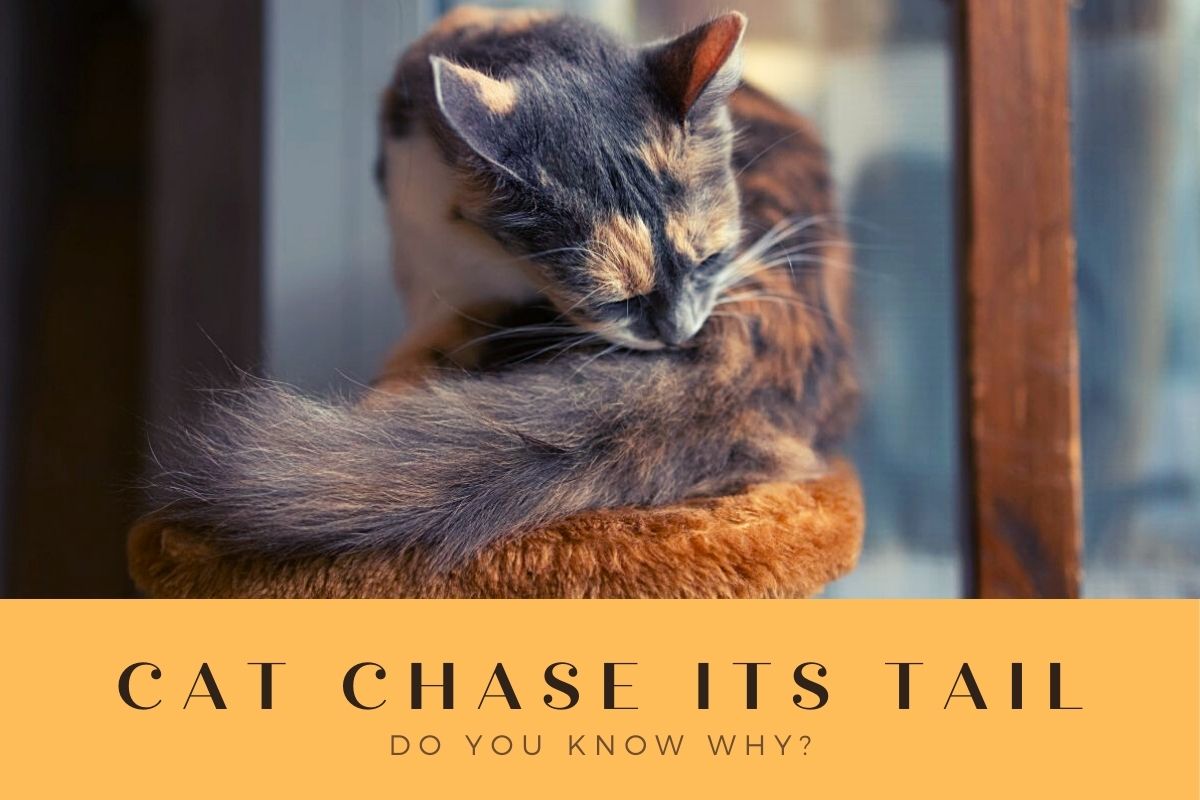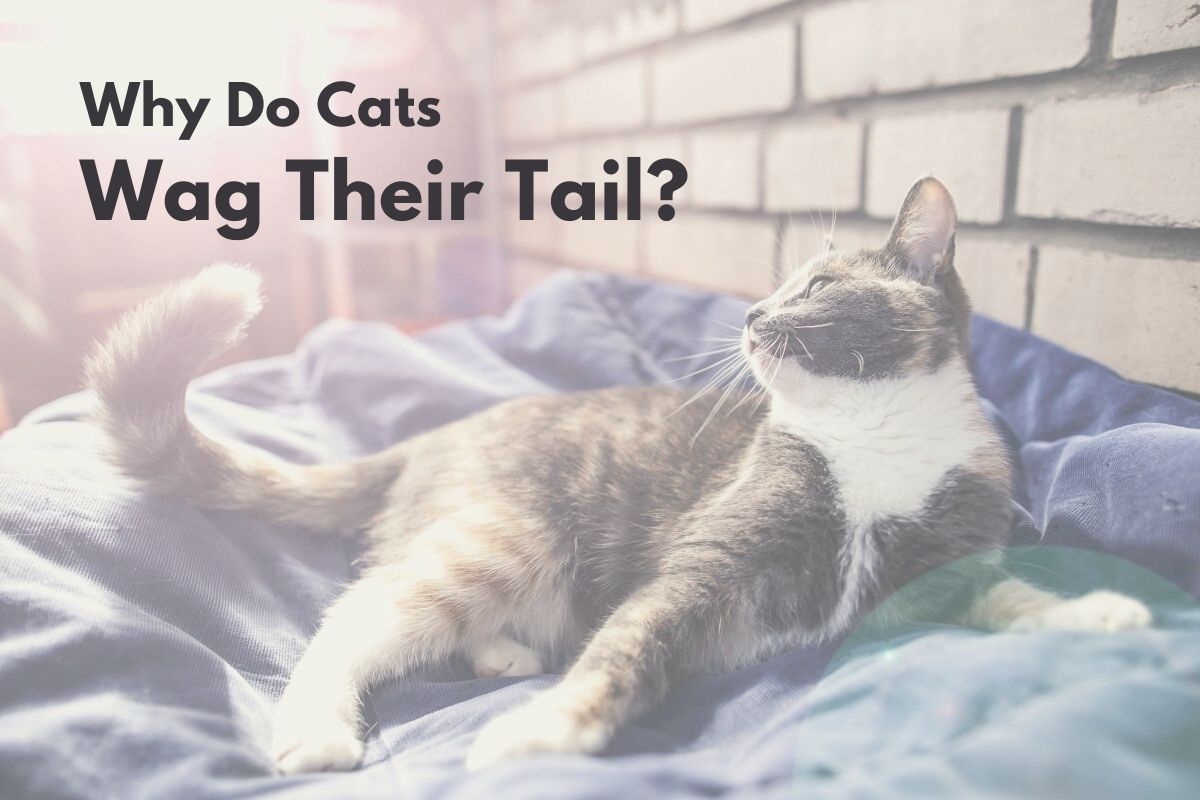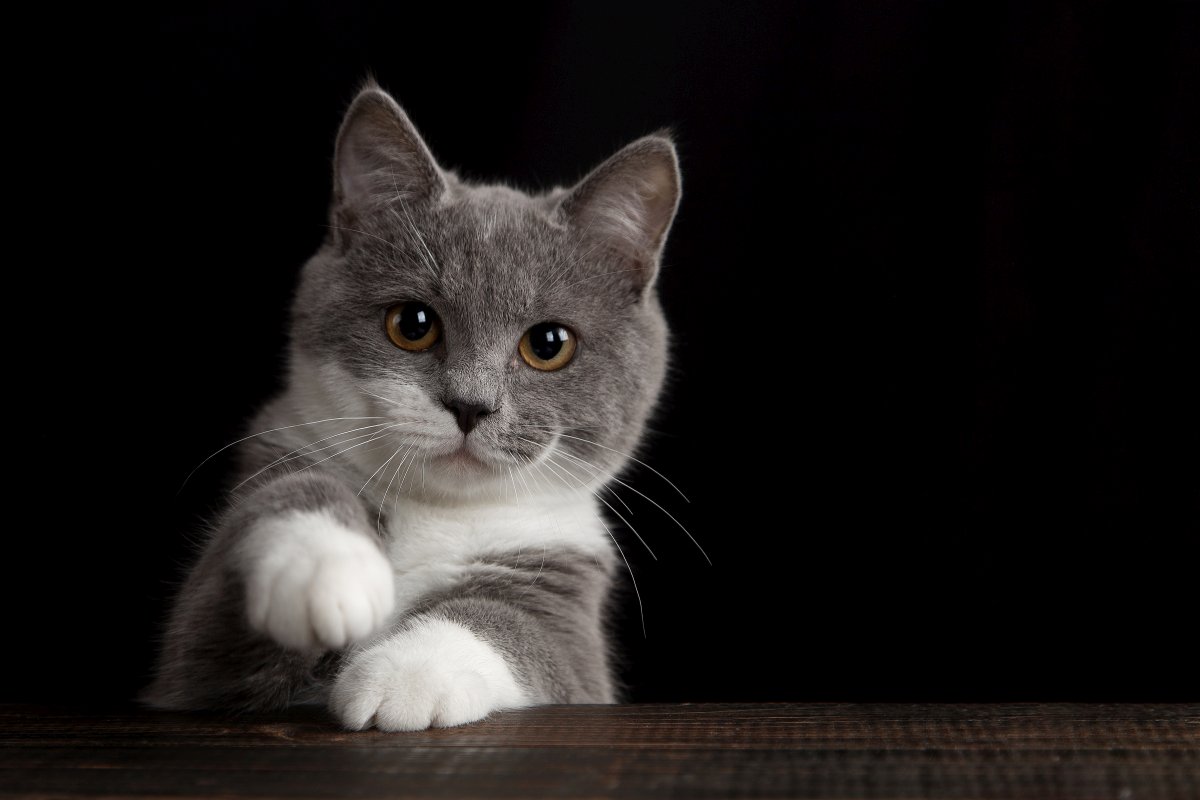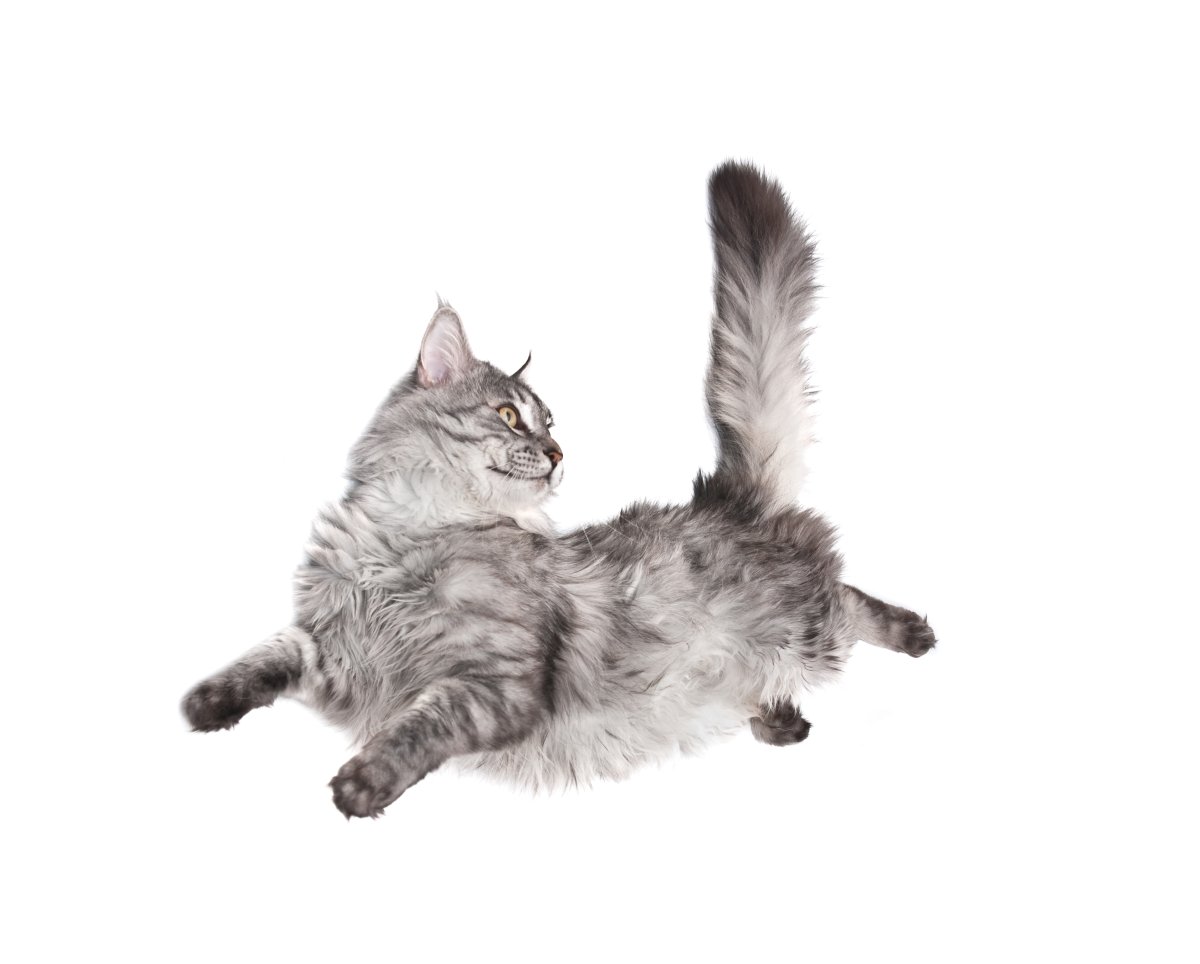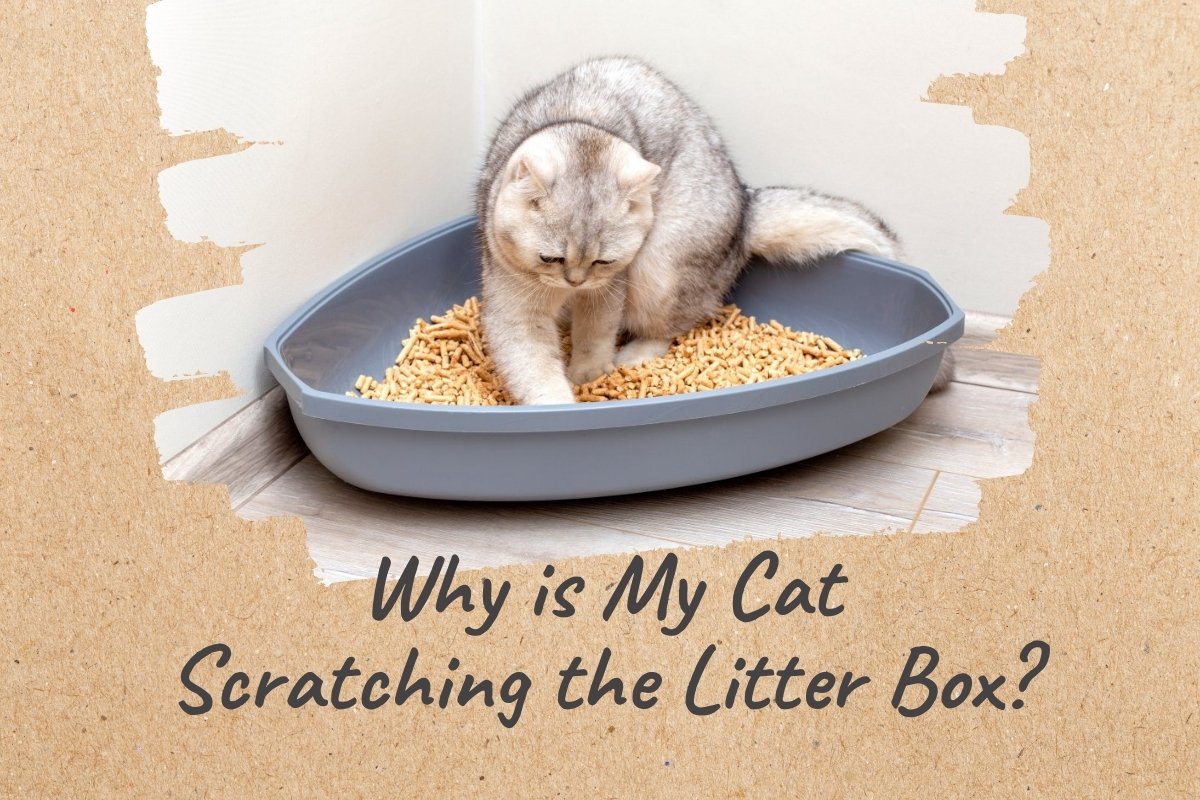Seeing your feline companion chasing her tail in a circle with incredible speed is sometimes fun to watch but also the most confusing moment for cat owners.
Tail chasing is frequently observed in kittens or young cats. From an early age, kittens start exploring their new world; they engage themselves in different activities such as practicing hunting and scratching your precious piece of furniture. They are more attractive to chasing moving objects, including their wagging tail!
However, it is uncommon or abnormal behavior in older cats to chase their tails. Because chasing a tail might seem fun, but your cat’s behavior could indicate some more serious problems!
So, if you notice your cat going round and round in circles to catch its tail, read this article!
We’ve gathered most of the reasons behind cat chasing that you should know so you can keep your eye out on those troubles that are causing your cat to chase her own tail!
● Their Tail is A Toy
Tail chasing is normal behavior in kittens and young cats. Kittens will try to get into everything, whether a toy, part of their body, or other items. From a very young age, they are curious to discover things. Anything that moves quickly around catches their attention within no seconds. As cats’ tails are fast-moving, cats become curious and excited to attract the attention of their tails.
Because of this, they often seem to chase their tail for fun and entertainment. If you are afraid your young cat might hurt herself by chasing its tail, don’t worry; cats might be aggressive with their tail, but they will never hurt themselves. It is a simple game of catching for them. However, if your little cat is chasing her tail too often, you can consider replacing her formed tail with other cat toys.
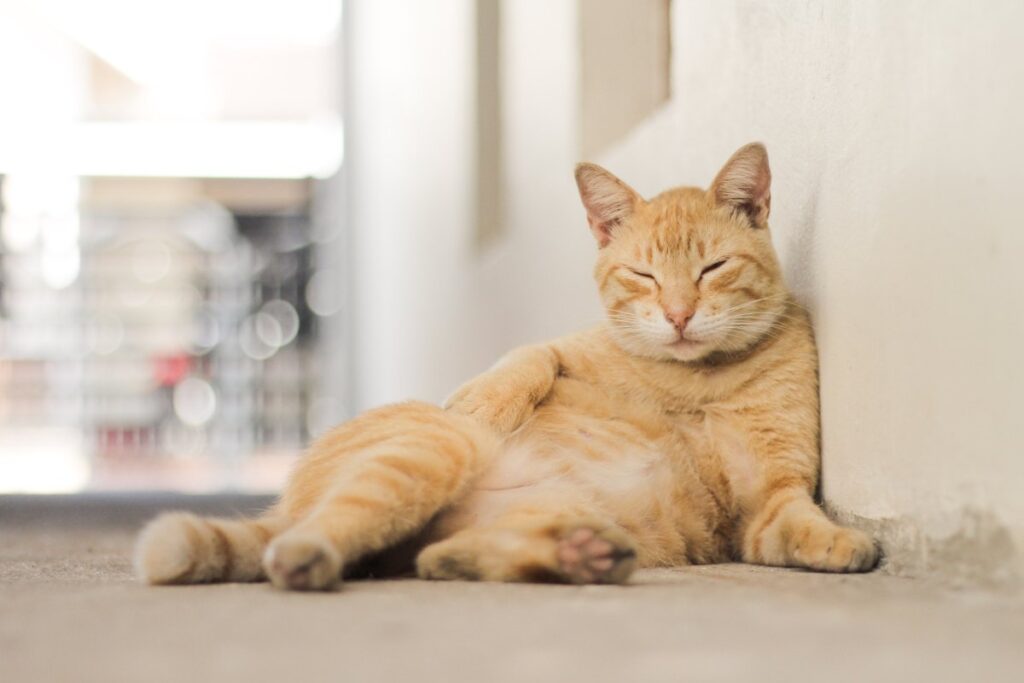
● To Get Rid of Boredom or Stress
When cats feel bored or stressed, they do some odd things to relieve boredom and anxiety, one of which is an attack or chasing their tail. You can ease boredom in your cats by playing with them, such as hiding cats’ food or toys.
If your cat doesn’t chase her tail, but somehow she has changed her behavior lately, you need to look for the reasons. It might be something you should be concerned about.
If your cat is facing stress issues due to moving into a new home, then there are many things you can do to relieve your cat’s stress.
As we mentioned above, it is entirely normal behavior for kittens to chase their tails, but in an adult cat, especially if it is an indoor cat, chasing the tail could signify that your cat lacks stimulation.
● To Relieve Itchiness
Cats are more prone to allergies such as fleas, causing cats to chase their tail due to itchiness. Your cat can get dry, flaky, or irritated skin due to food allergies or medications.
If you notice any cat allergy, your vet will determine the type of allergy after doing some testing. If food ingredients are the problem, your vet will recommend a diet appropriate for your cat. If you know what your cat is allergic to, you can take measurable steps to prevent the itch or at least make your cat more comfortable.
● They Practice Hunting
Cats are natural wild hunters. They have the desire to chase and attack things that move, and they can’t even resist twitching their fluffy tail. Indoor cats are more likely to practice this behavior as their excellent hunting skills, as outdoor cats can exercise their skills with their surroundings. In addition, Kittens often practice chasing their mother’s tails and their siblings’ as an early practice of hunting.
● They Have Got Stud Tail
Stud tail is a gland infection that is more prone in male cats. There are many glands at the base of a cat’s tail, and if any of them get infected, cats experience pain and irritation. If your cat has a stud tail, you will notice a buildup of waxy material like overproducing of oil by the glands. You will need to take your cat to the vet immediately to address the infection.
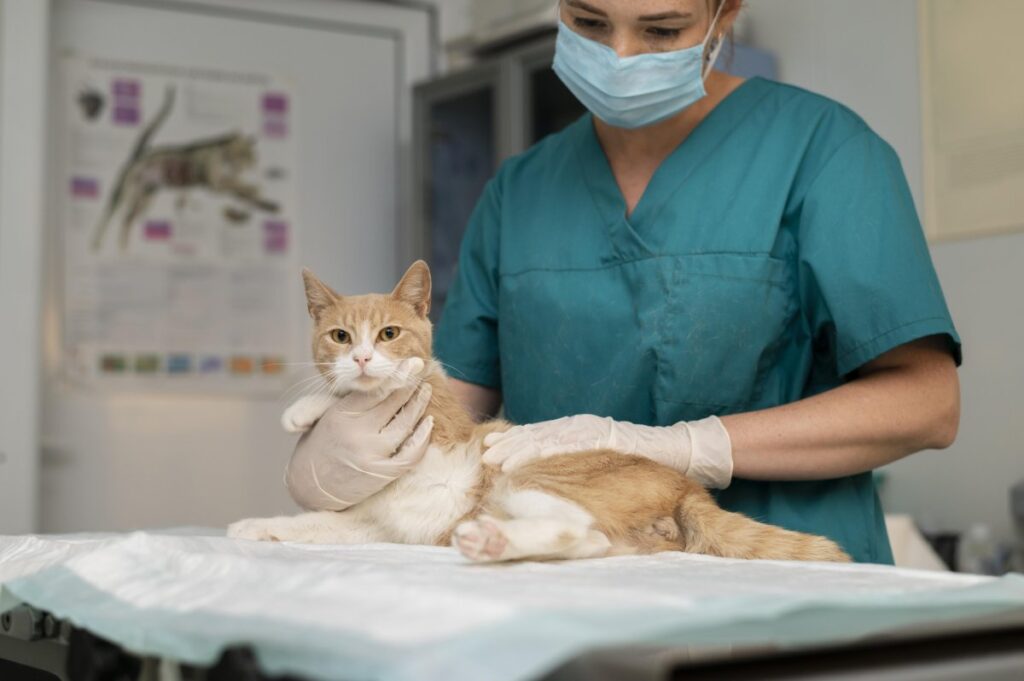
● They are Affected by A Disease
Chasing tails is a harmless behavior in cats, but there is a medical condition called “Feline Hyperesthesia”, an obsessive-compulsive disorder. Following are the signs that indicate this feline disorder.
- Dilated pupils
- Tail fixation
- Hypersensitive to the touch
- Cat running from a place that is not threatened or scary
- When your cat sudden appears hyperactive and aggressive
- Excessive grooming of the tail that their fur is lost
If you notice all the above behaviors, consider taking your pet cat to the vet!
● They Have Infections
While stud tail is common in cats, both male and female cats can be affected by plenty of infections in their tail area. Their anal glands can be affected, and injury to the cat’s tail may lead to infection. These infections cause itchiness, leading your cat to chase its tail and lick at the infected area. So go to the vet, and your vet will determine the infection and prescribe the antibiotics to fight off those infections.
Wrapping Up
As a cat owner, there is nothing more lovely than watching your little feline cat doing something that she loves to do. Spinning in circles until they reach their owl tail is also their favorite thing for some kittens. Watching cats trying to chase their tails is somehow a fun activity for us, but this behavior may not always be expected in cats.
Keep your eye on your cat’s activities, and if you suspect any unusual reason behind her tail-chasing, then seek the veterinarian to address the problems.

